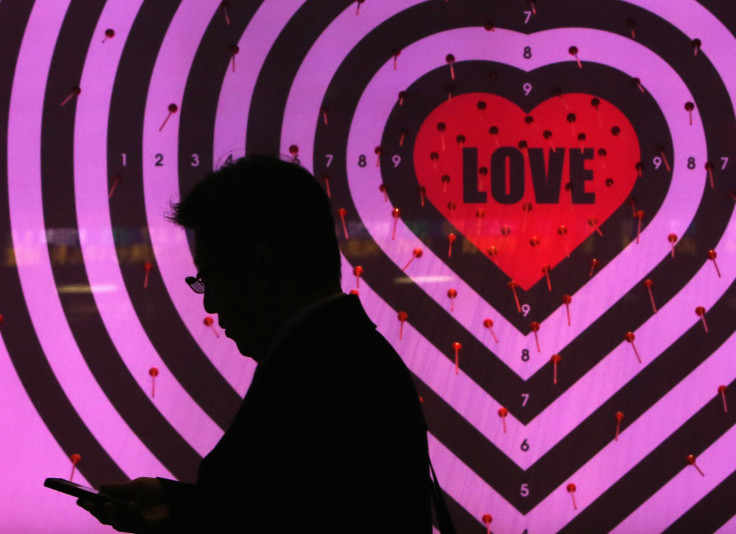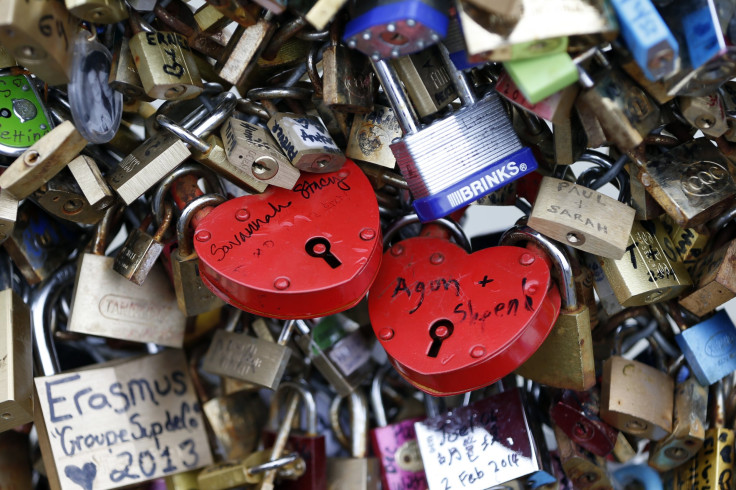Valentine’s Day Traditions Around The World 2016: How Guatemala, South Korea, Denmark, Other Nations Celebrate

While Valentine’s Day is mostly a Western tradition, given its roots in Christianity, the holiday has caught on in countries around the world in recent years. Not all have the same traditions, however, and in some, the day’s more about friendship than love. Here are examples of some unique ways Valentine’s Day is marked by different cultures.
Denmark: The holiday is a relatively new tradition in Denmark and it’s taken on a unique Danish twist, the Huffington Post reported. Rather than roses, friends and lovers exchange pressed white flowers called snowdrops. As is common elsewhere, lovers also trade cards. Men often give women a letter with a funny poem or rhyme written on carefully and creatively cut paper, signed only with dots. If a woman accurately guesses her card-giver, she gets an Easter egg gift later in the year.
South Korea: Valentine’s Day is pretty popular in South Korea among young couples. And lovers go big for it — turning it from a one-day event into a months-long holiday. Gift-giving begins Feb. 14, as women start giving chocolates, candies and flowers. Then March 14, it’s up to men to one-up their lovers, offering sweets and chocolates, as well as a gift. For those who don’t have a significant other, April 14 is Black Day, a time to mourn singleness by eating a black bean-paste noodles dish.

Philippines: Valentine's Day in the Philippines is pretty unique – and serious. The country is known to hold mass wedding celebrations on the date, bringing together hundreds of couples in a large, open space, to be married in a massive public ceremony. Around 4,000 couples were married during a 2013 wedding ceremony.
South Africa: Young couples in South Africa mark Valentine’s Day by pinning the name of their lover to their sleeve. The tradition is called Lupercalia — a reference to an ancient Roman fertility festival.
Estonia: In Estonia, Valentine’s Day isn’t so much about love as it is about friendship. The date is called “Friend’s Day,” so that single people do not feel left out from the festivities that occur on the date. Streets are decorated with hearts and other symbols of love, but there’s an emphasis on nonromantic types of companionship, and family members often exchange gifts. There's also a "love bus" for couples.
Guatemala: Valentine’s Day is called El Día del Cariño in Guatemala. It’s not just a time to show affection for lovers, but also for family and friends. In Guatemala City, people often mark the holiday by dressing up in feathered masks and clothing inspired by Mayan tradition.
© Copyright IBTimes 2025. All rights reserved.






















